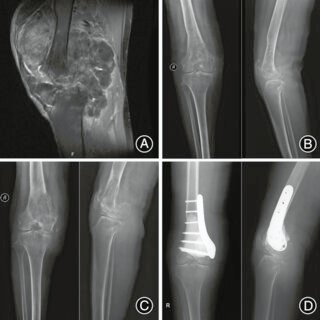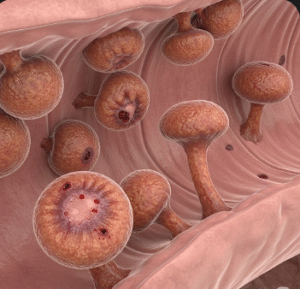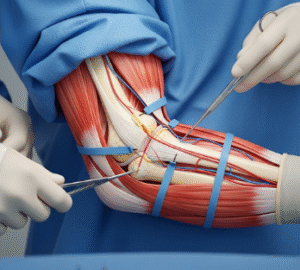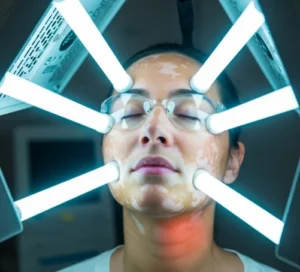Overview
A synovial giant cell tumor (SGCT), also known as tenosynovial giant cell tumor (TGCT), is a rare, typically benign tumor that arises from the lining of joints, bursae, or tendon sheaths. Although non-cancerous, these tumors can be locally aggressive, causing joint damage, pain, and swelling. Early diagnosis and surgical management are essential for preserving joint function.
What is Synovial Giant Cell Tumor?
Synovial giant cell tumors are classified into two main types: localized and diffuse. The localized type most often affects the fingers or hands, while the diffuse type (also known as pigmented villonodular synovitis, PVNS) typically affects larger joints like the knee or hip. The tumors result from abnormal overgrowth of the synovial lining and are characterized by the presence of multinucleated giant cells, hemosiderin deposits, and inflammatory cells.
Symptoms
- Swelling around the affected joint
- Joint stiffness or limited motion
- Pain or tenderness, especially during movement
- Feeling of a lump or mass near the joint
- Joint instability or locking (in diffuse types)
- Recurrence of symptoms after treatment
Causes
The exact cause of synovial giant cell tumors is unknown. However, some possible contributors include:
- Abnormal overproduction of synovial cells
- Genetic mutations involving colony-stimulating factor 1 (CSF1) gene
- Chronic inflammation or trauma to the joint (rarely linked)
Risk Factors
- Age: Most common in adults between 30–50 years
- Gender: Slightly more frequent in females
- Joint overuse or prior trauma (possible association)
- Genetic factors (e.g., CSF1 gene rearrangement)
Complications
- Joint destruction (especially in diffuse cases)
- Recurrence after surgery
- Impaired mobility
- Chronic pain
- Rarely, transformation into malignant forms (extremely rare)
Prevention
There are no known prevention strategies due to its uncertain cause. However:
- Early evaluation of joint swelling or masses
- Regular follow-up after treatment to detect recurrence early
- Maintaining joint health through proper exercise and injury prevention
Treatment Options in Korea
Korea offers high-standard, multidisciplinary treatment for synovial giant cell tumors, combining orthopedic surgery, radiology, and oncology.
Diagnosis
- MRI – most sensitive imaging to determine size and extent
- X-ray – may show joint erosion in advanced cases
- Ultrasound – helpful for superficial tumors
- Biopsy – confirms diagnosis via histopathology
- Genetic testing – CSF1 gene fusion testing (in advanced centers)
Treatment Approaches
- Surgery
- Localized SGCT: Excision of the tumor with high success rate
- Diffuse TGCT/PVNS: Synovectomy (partial or complete removal of the synovium)
- Arthroscopic or open procedures depending on location and size
- Goal is to preserve joint and prevent recurrence
- Radiation Therapy
- Used post-surgery in cases with high recurrence risk or incomplete excision
- Can help control aggressive or recurrent tumors
- Targeted Therapy
- CSF1R inhibitors (e.g., pexidartinib) – available in Korea for unresectable or recurrent diffuse TGCT
- These drugs help reduce tumor burden and improve joint function
- Rehabilitation
- Postoperative physical therapy to restore joint movement and strength
- Regular monitoring to detect recurrence













